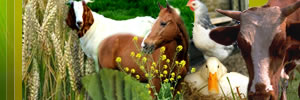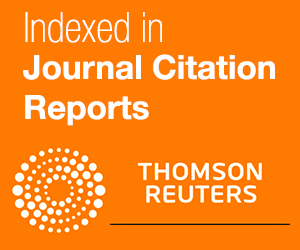BLOOD PARAMETERS IN THE MORADA NOVA SHEEP: INFLUENCE OF AGE, SEX AND BODY CONDITION SCORE
M.M.L. Carlosa, J.H.G.M. Leiteb, D.F. Chavesb, A.M. Valeb, D.A.E. Façanhab, M.M. Meloc and B. Soto-Blancoc*
aDepartment of Biomedical Sciences, School of Health Sciences, Universidade do Estado do Rio Grande do Norte (UERN), Mossoró, RN, Brazil
bDepartament of Animal Sciences, Universidade Federal Rural do Semi-Árido (UFERSA), Mossoró, RN, Brazil
cDepartment of Veterinary Clinics and Surgery, Universidade Federal de Minas Gerais (UFMG), Belo Horizonte, MG, Brazil
*Correspondingauthor: benito.blanco@pq.cnpq.br
ABSTRACT
The present study was aimed at determining the serum biochemical panel and the erythocytogram of the sheep of the Morada Nova breed. Further, it was also aimed at verifying the variations of these parameters promoted by the sex, age, and body condition score. The study was conducted by sampling nine herds; two from Ceará state, five from Rio Grande do Norte state, and two from Paraíba state, Brazil. It used a sample of 249 clinically healthy sheep of the Morada Nova breed. The sex, age, and body condition score were recorded from each animal. Blood samples were collected for determining the serum levels of glucose, cholesterol, triglycerides, urea, creatinine, total proteins, albumin, globulins and thyroxine (T4), the serum activities of aspartate aminotransferase (AST) and alanine aminotransferase (ALT), the number of red blood cells (RBCs), and the packed cell volume (PCV). It was observed that the evaluated blood parameters from the Morada Nova sheep breed did not demonstrate any variation from the reference interval established for the species, except for the lower levels of globulins and higher albumin/globulins ratio. However, it was verified that the serum biochemical panel was affected by the sex, age, and body score condition.
Key words: serum biochemistry; erythrocytes; breed; Morada Nova breed
|





